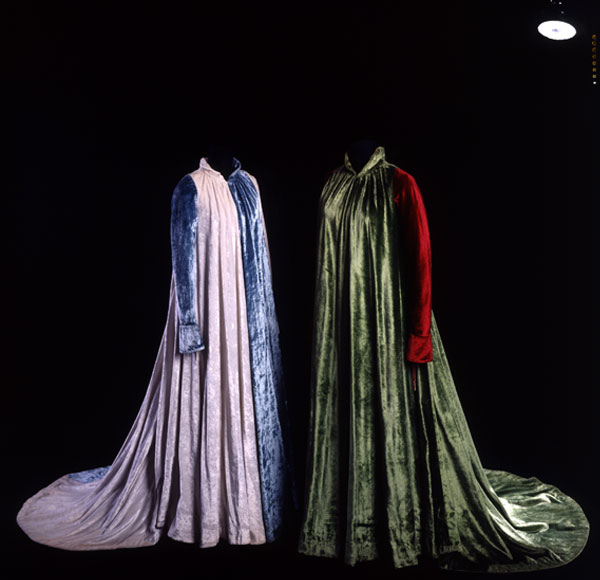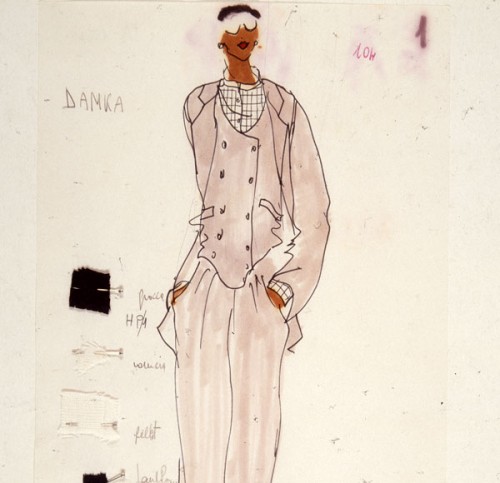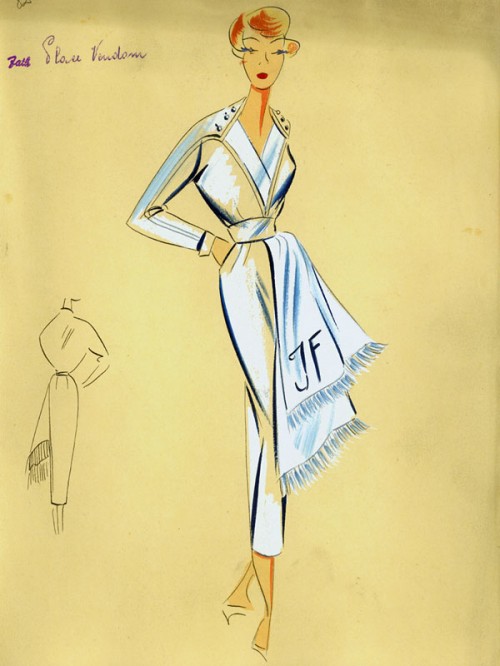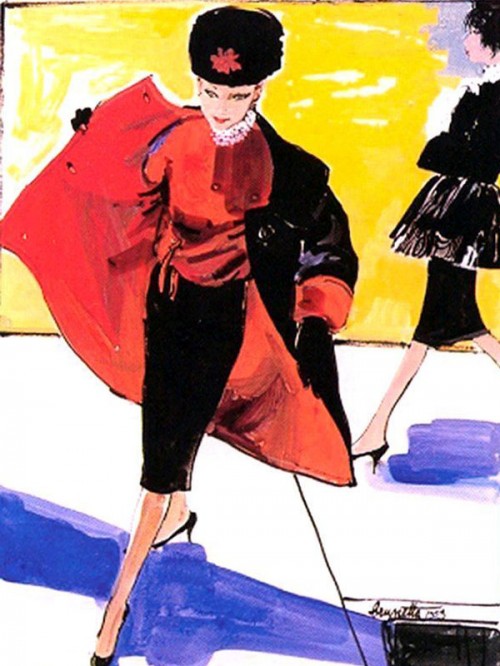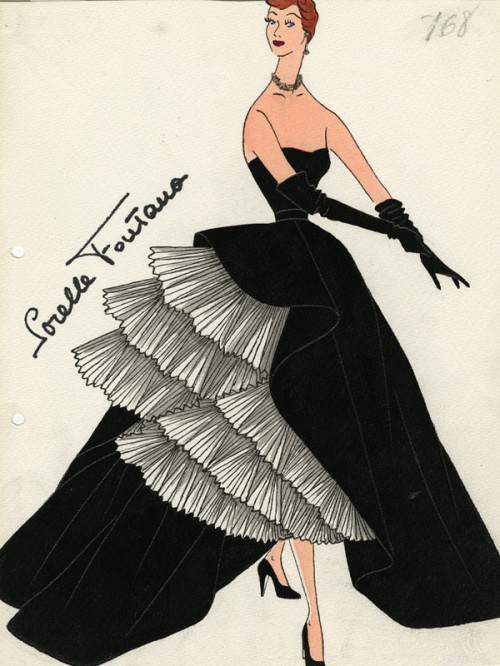Fashion
The CSAC’s first contacts with the stars of Italian fashion date back to the late 1970s, from the historic Roman tailors of high fashion to Milan’s prêt-à-porter stylists. The collections of these designs, initially part of the Media Department, used to be kept in the Contrafforti wing of Parma’s Pilotta Palace; however, their steady growth led them to take on a precise identity as the Fashion Archive, subsequently transferred to the Padiglione Nervi, and currently housed at the Abbey of Paradigna. The acquisitions went ahead throughout the eighties and the next decade, to end up totalling around 70,000 items, including figurines, designs, sketches, clothes, and magazines.
The demanding task of cataloguing everything carried out unceasingly and eagerly by young scholars, researchers and lecturers, with the aid of specialist contributions, resulted in an extremely innovative research model, the same one that would be fruitfully applied to the other sections of the CSAC. The combination and continuous dialogue with the collection of material and scientific investigations resulted in a reprogramming of the collections’ analysis models, to creating a unique historical perspective, and a different cultural policy.
The task of cataloguing first required a subdivision of the designs into annual collections: this work was particularly complex given that the material is heterogeneous, incomplete, and often incoherent. Designs are dated by comparing them with photographs published in fashion magazines.
The most complex task was in the High Fashion archives, especially those of the Fontana Sisters, Schubert, and Maria Antonelli. Here the major difficulty lay in trying to identify the various hands of the designers who tended to work with several studios at once in the 1950s. After this work was completed, each design was catalogued and a file compiled containing project data and a photograph of the item catalogued.

